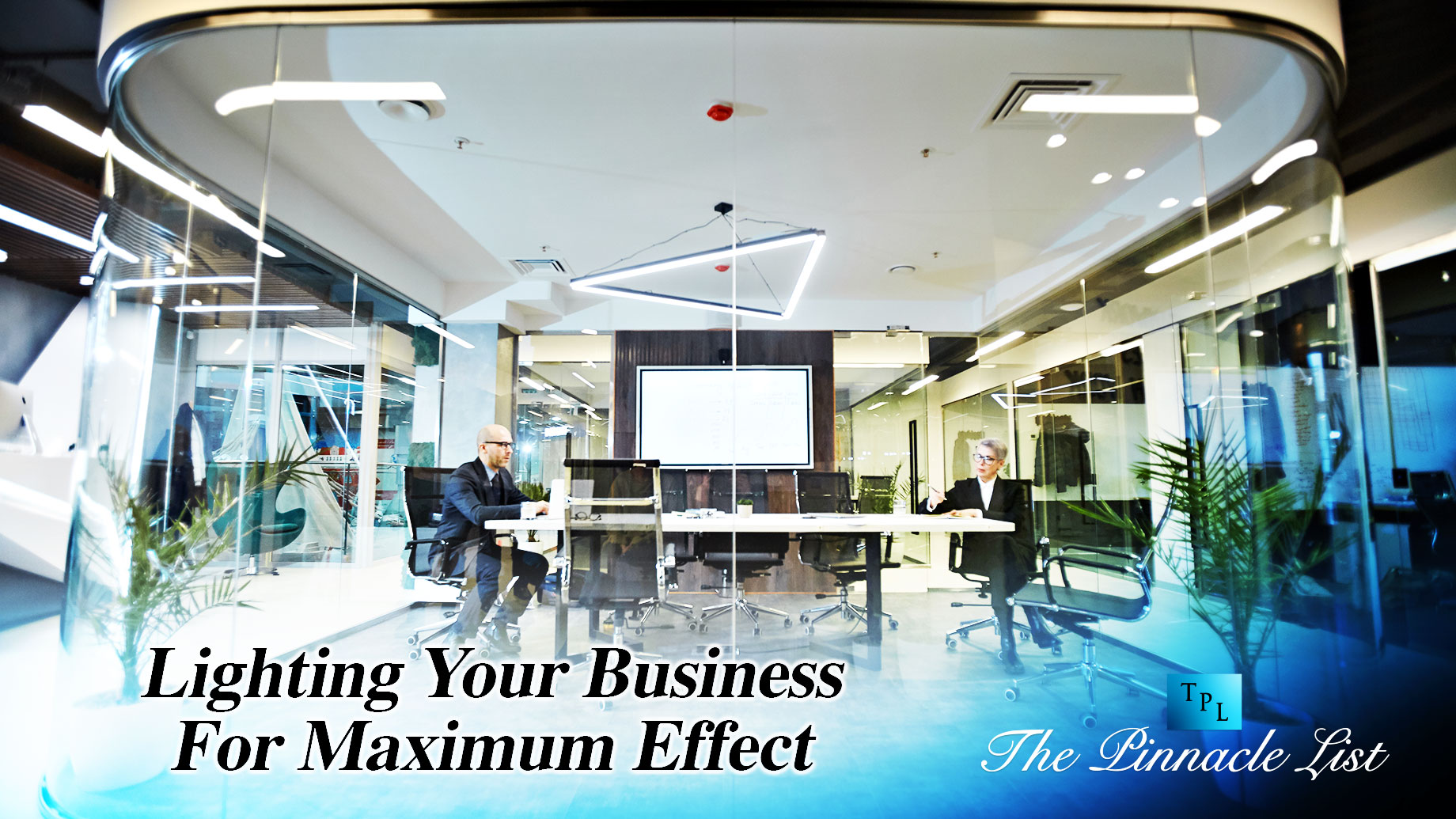
Lighting plays a crucial role in creating the perfect ambience and atmosphere in any business setting. Whether you’re running a high-end retail store, a luxurious restaurant, or a prestigious office space, the right lighting can make a significant impact on your customers’ experience and your employees’ productivity. In this definitive guide, we’ll explore the key aspects of lighting your business for maximum effect.
Understanding the Basics of Lighting
Before diving into specific lighting strategies, it’s essential to grasp the fundamentals of lighting. There are three main types of lighting to consider:
- Ambient Lighting: This is the general illumination that provides overall visibility and sets the tone for the space.
- Task Lighting: Focused lighting that helps with specific tasks, such as reading, writing, or showcasing products.
- Accent Lighting: Used to highlight specific features or create visual interest, such as artwork or architectural elements.
By combining these three types of lighting effectively, you can create a well-balanced and inviting environment that enhances your business’s overall appeal.
Tailoring Lighting to Your Business Type
The lighting requirements for different types of businesses can vary significantly. Here are some specific considerations for various business settings:
Retail Stores
In retail environments, lighting plays a vital role in showcasing products and guiding customers through the space. Consider the following:
- Use a mix of ambient and accent lighting to create a warm and inviting atmosphere.
- Highlight key product displays with focused spotlights to draw attention and encourage sales.
- Ensure adequate lighting in fitting rooms to provide a flattering and comfortable experience for customers.
Restaurants and Bars
Lighting in restaurants and bars should create a specific mood and ambience that aligns with your brand and cuisine. Keep these points in mind:
- Use dimmer switches to adjust lighting levels throughout the day and evening.
- Incorporate decorative lighting fixtures, such as chandeliers or pendant lights, to add visual interest and character.
- Utilize table lamps or candles to create intimate and cosy settings for diners.
Office Spaces
In office environments, lighting should prioritize functionality and employee well-being. Consider the following:
- Provide ample ambient lighting to reduce eye strain and improve overall visibility.
- Use task lighting, such as desk lamps or under-cabinet lights, to support specific work activities.
- Incorporate natural light whenever possible to boost mood and productivity.
Harnessing the Power of Smart Lighting Technology
In today’s digital age, smart lighting technology has revolutionized the way businesses approach lighting. By investing in smart lighting systems, you can:
- Control lighting remotely via smartphones or tablets, allowing for easy adjustments and customization.
- Set automated lighting schedules to optimize energy efficiency and create the desired ambience at different times of the day.
- Integrate lighting with other smart building systems, such as HVAC and security, for a seamless and efficient operation.
The Role of Lighting in Branding and Customer Experience
Lighting can also play a significant role in reinforcing your brand identity and enhancing customer experience. Consider these strategies:
- Use lighting colours and temperatures that align with your brand colours and personality.
- Create immersive and memorable experiences through the use of dynamic lighting effects, such as colour-changing LEDs or programmable light shows.
- Use lighting to guide customers through your space and highlight key areas of interest.
Conclusion
Lighting is a powerful tool that can transform the look, feel, and functionality of your business. By understanding the basics of lighting, tailoring your approach to your specific business type, and harnessing the power of smart technology, you can create a lighting strategy that maximizes the impact on your customers and employees.
Remember, investing in high-quality lighting not only enhances the aesthetic appeal of your business but also contributes to the overall well-being and productivity of those who inhabit the space. By following the guidelines outlined in this definitive guide, you can unlock the full potential of lighting and take your business to new heights of success.